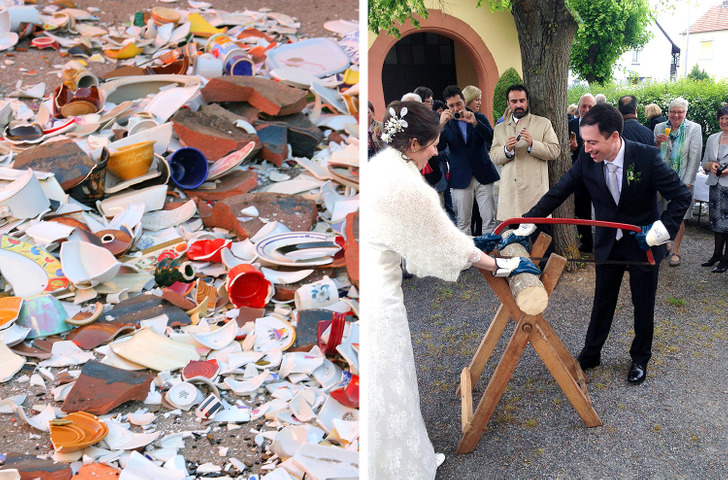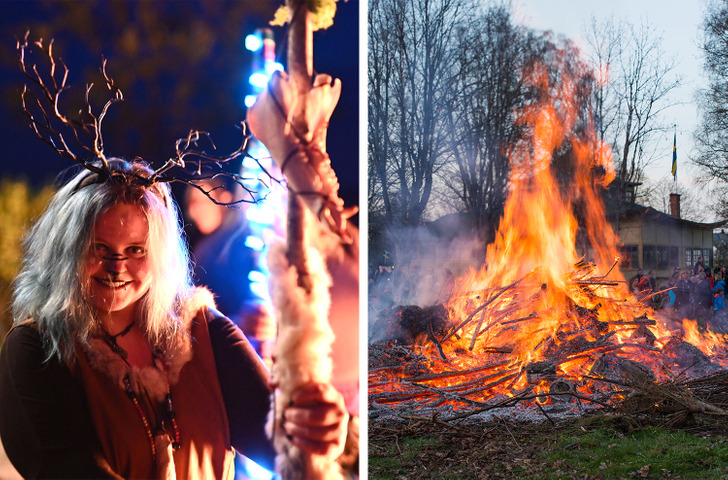Cheese Rolling/Chase got banned for a while in the UK due to too many people getting seriously injured. Thankfully they revoked the ban and ALL participants are made aware of the dangers and I believe have to sign a waiver.
12 Unique Traditions Around the World That Truly Caught Our Attention
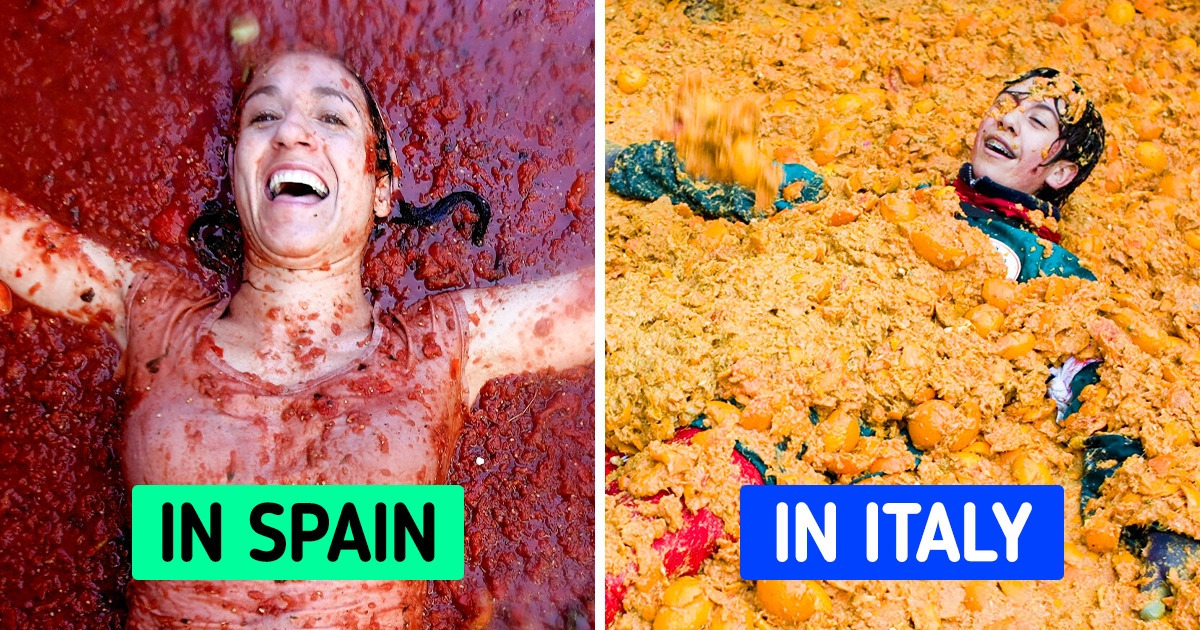
Honoring each of our unique cultural traditions isn’t only fun and exciting and good for our mental well-being. From the preparations to the celebrations, participating in them gives us a sense of stability and belonging, which are suitable for our self-care routines. By sharing these with the world, we also show our identities to everyone.
1. Pumpkin regatta in Belgium

Aside from chocolate and waffles, Belgium has a quirkier side when it comes to food. In fact, they have the annual pumpkin boat relay race known as the Pumpkin Regatta in Kasterlee, where contestants paddle their way through a pond inside the giant hollowed-out vegetable, which generally weighs hundreds of kilograms.
2. La Tomatina in Spain
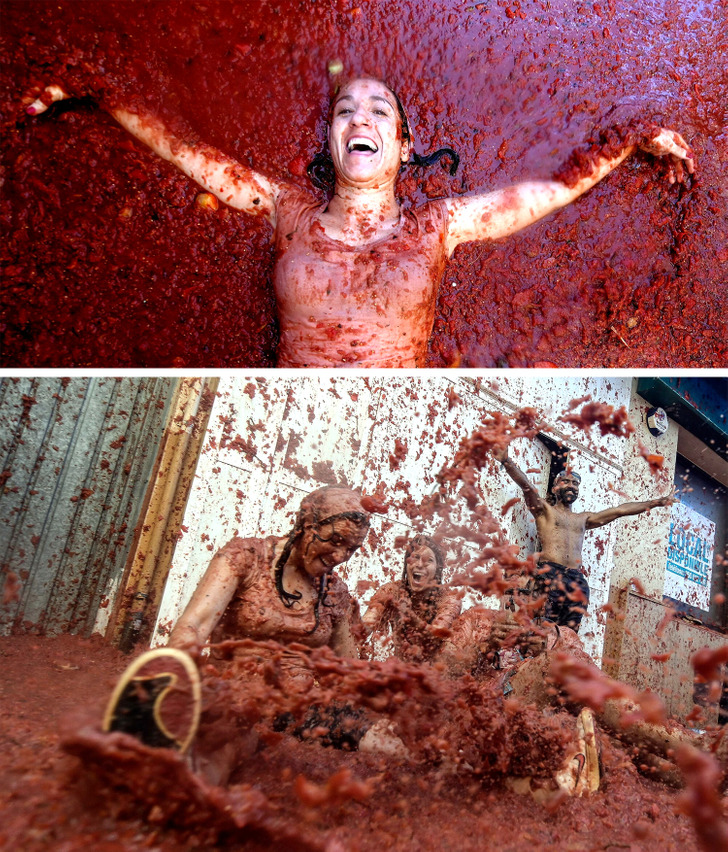
The Spanish town of Buñol really takes food fights to another level. Their yearly tomato-throwing party, or La Tomatina, has been around since 1945 in celebration of the town’s August festivities. This festival follows a more exciting game called Palo Jabón, where locals climb a grease-covered pole with ham on top.
3. Monkey Buffet Festival in Thailand
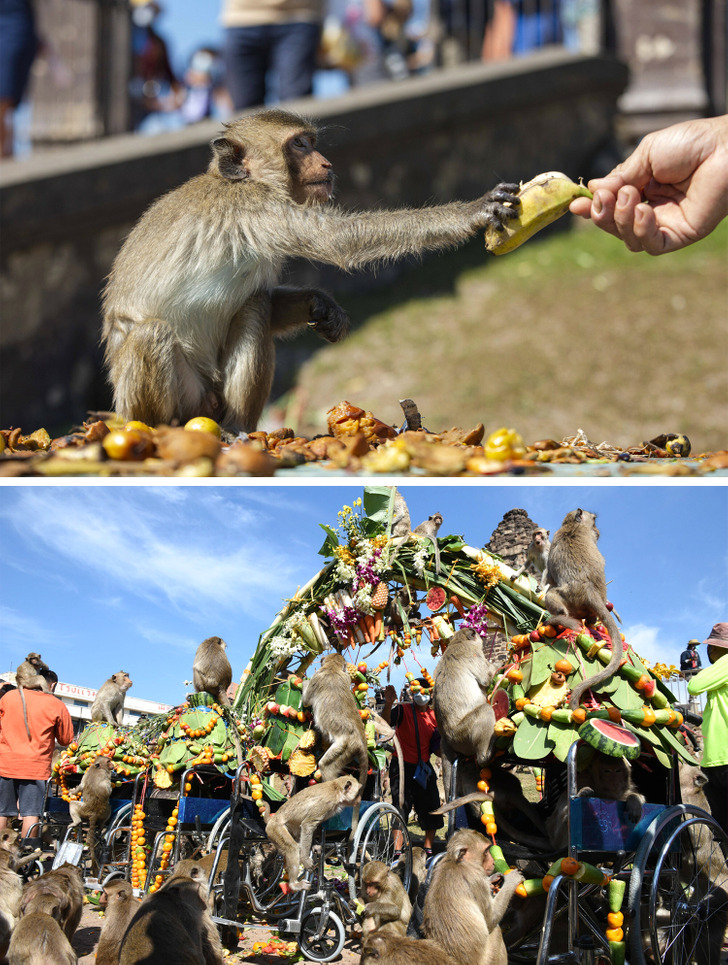
Macaque monkeys are so revered in Lopburi Province, Thailand, that they’ve become yearly guests of honor for the Monkey Buffet Festival. Locals gather at the ruins of Phra Prang Sam Yod temple to set up fruit arrangements for the macaques, including piles of sliced watermelon, durian, pineapple, and more.
4. Community baby shower in India
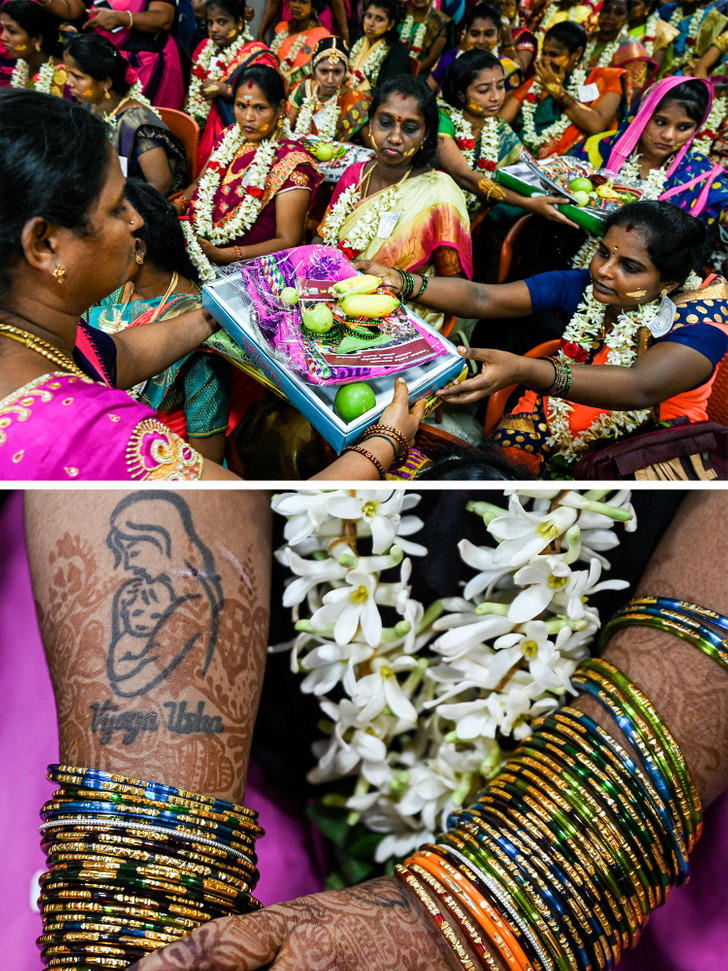
Expecting moms gather in celebration of life and motherhood in a women-only ceremony in various parts of India called Godh Bharai. Blessings in the form of Puja begin the ritual for moms-to-be, and they’re later adorned with special sarees, flowers, and fragrant oils after they’ve completed their seventh month of pregnancy.
5. World Gurning Championship in England
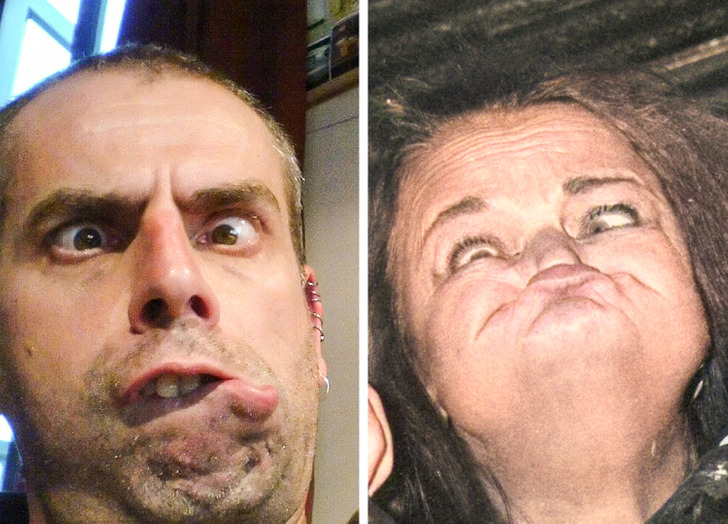
6. Orange battle in Italy
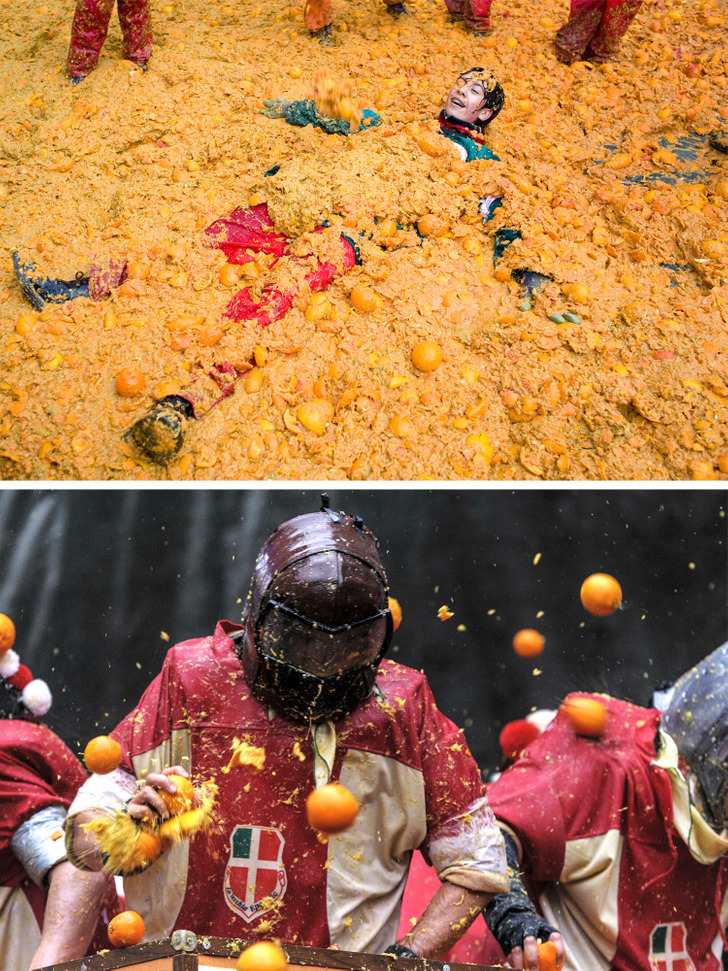
7. Polterabend in Germany
After a couple says “I do” to each other, another ceremony follows. Baumstamm sägen represents the newlyweds overcoming their first obstacle, and it’s done by cutting a log together with a long saw.
8. Witch burning in the Czech Republic
According to Czech folklore, the first day of May holds magical powers when hidden treasures lurk around. Locals who are “brave” enough to face the magic carry wood fern flowers, wafers, or chalk with them. And to banish evil mystics, villagers set brooms and dolls representing witches ablaze in a ceremony called Pálení čarodějnic.
9. Dragon Boat Festival in China
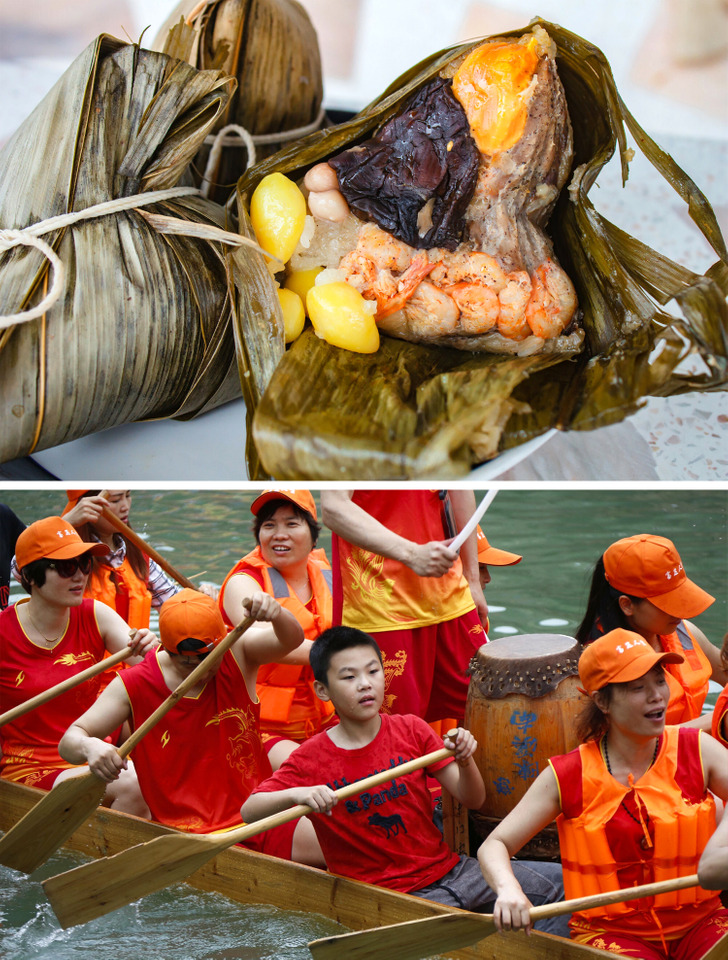
The Duanwu in China is rich in rituals and traditions. Also dubbed the Dragon Boat Festival, celebrators participate in dragon boat racing in tribute to Qu Yuan, a historical figure in the country. And to complete the festivities, locals prepare and eat zongzi, a traditional glutinous rice dish made into a pyramid-shaped dumpling with various fillings.
10. Cheese rolling in England

The cheese rolling competition in Gloucester, England, is the story of Jack and Jill in real life! This is primarily because contestants tumble after a wheel of 7-pound cheese rolled down Cooper’s Hill. The first person to cross the finish line at the bottom of the hill wins the cheese.
11. A wife-carrying contest in Finland
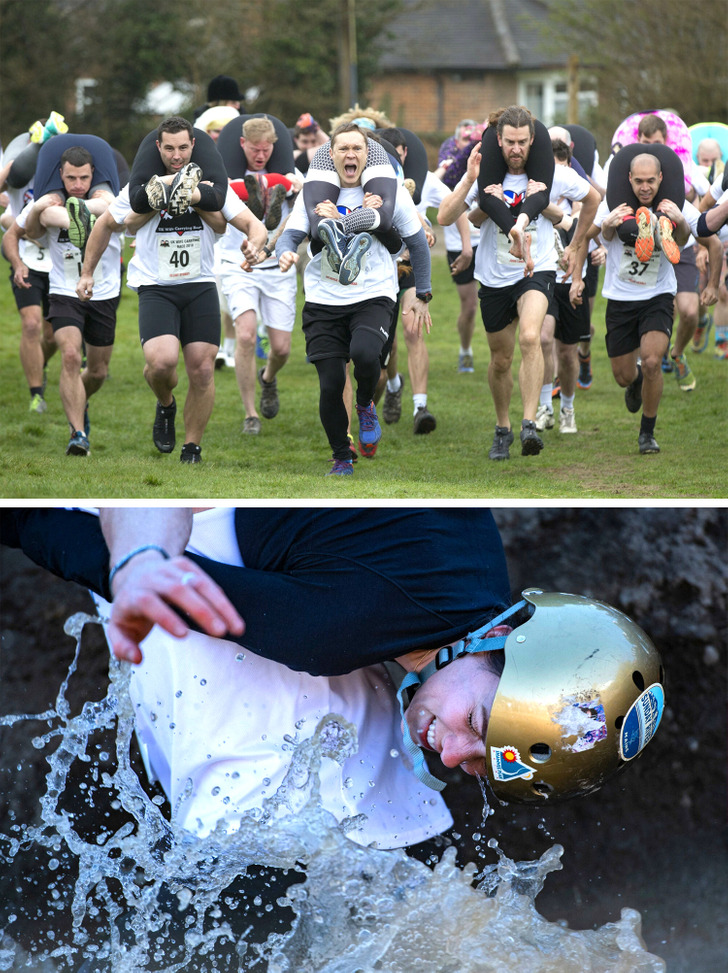
Wife-carrying, or Eukonkanto, in Finland, is another league of its own. It consists of going through obstacles, such as rough, rocky terrain with fences and brooks, and sometimes even a pool, while carrying their wives in different techniques.
12. Śmigus-dyngus in Poland
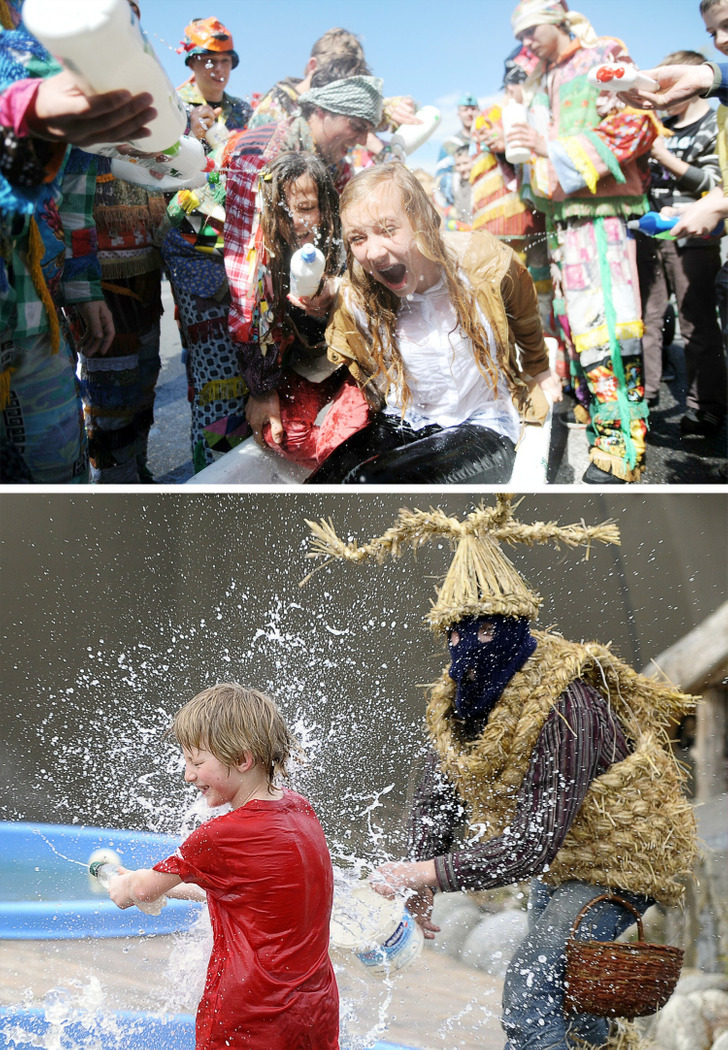
The Easter bunny would be no match for the Polish Śmigus-dyngus festivities every Easter Monday. People from the opposite gender will splash cold water on girls and boys on the first and last days of the festival, respectively.
Which of these traditions did you have the chance to celebrate? What similar celebrations do you have in your hometown?
Comments
Related Reads
19 People Asked for the Internet’s Help Figuring Out These Mysterious Objects

10 People Share Horror Stories They Discovered About Their Friends
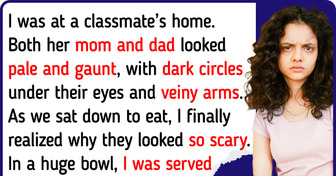
Pamela Anderson, 55, Hailed “Most Beautiful Woman in the World” as She Dons Iconic Swimsuit

18 Proofs That Life Never Stops to Amaze and Surprise Us

18 Photos That Prove Australia Is Full of Wonders

14 Innocent Souls Who Learned a Lesson the Hard Way

15+ People That Found Treasures That Don’t Just Fall Out of the Sky

12 Times Kindness Won When Nothing Else Could

My Daughter Refused to Give Us Grandkids, So We Refused to Give Her Inheritance

15+ Stories That Prove First Love Stays With Us Forever

18 Times Quiet Kindness Turned Total Strangers Into Angels

I Refuse to Do My Coworker’s Job for Free—So I Made Him Pay

